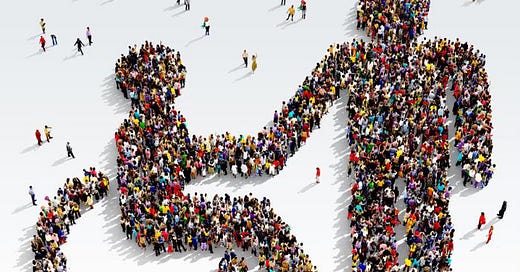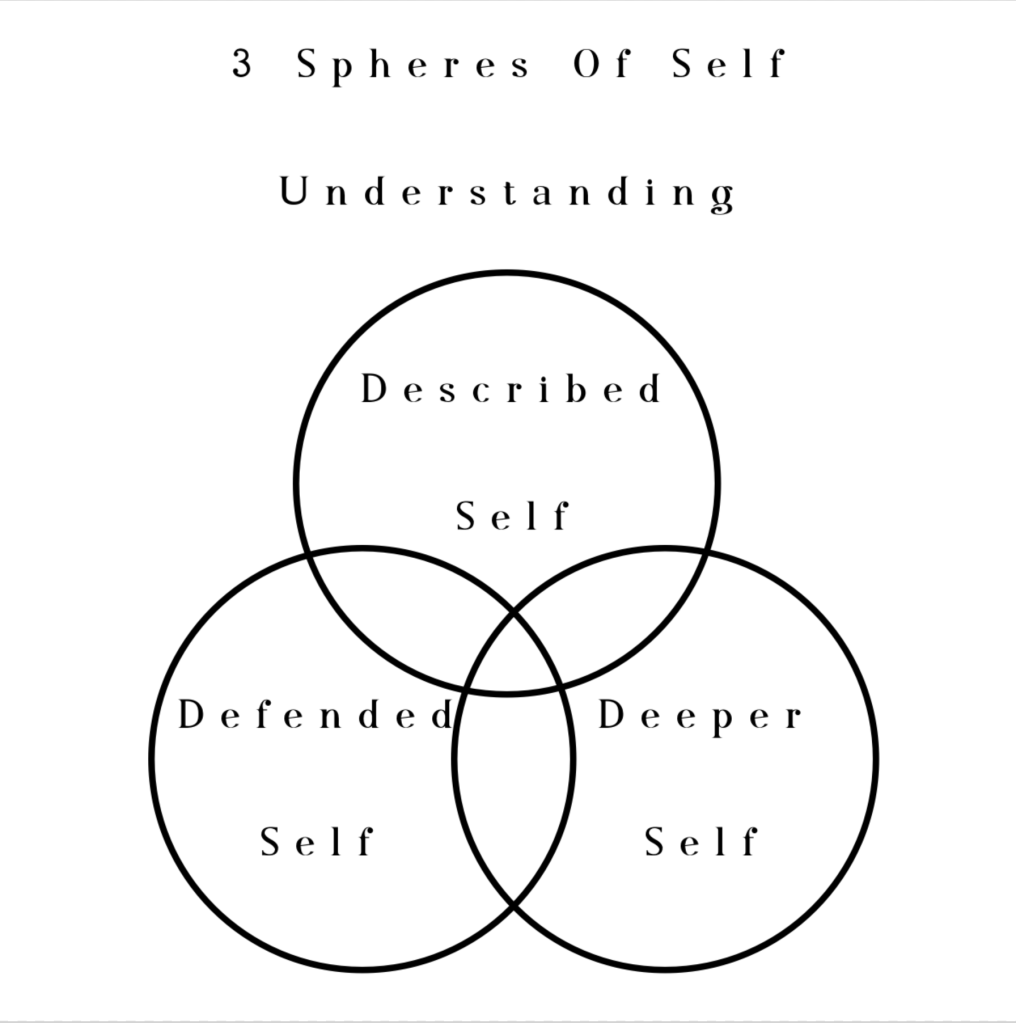What Does The Concept And Language Of Disability Mean To Me?
What I Don't Know
Let me start with the story of a memory I have from when I was younger and before I was in a wheelchair. It was a sunny spring day and like many before, I was dribbling a basketball while walking towards the courts near by my home. I was always rather athletic and would spend hours shooting hoops most days in the local park. But on this day, while walking, I distinctly recall a voice that seemed to question from inside of me. "How would you feel about being in a wheelchair for the rest of your life?"
A strange question for a young teenager to contemplate, for sure. I was certainly no stranger to those who were in wheelchairs and considered disabled. When I was young, my mother worked with many who for different reason were in wheelchairs and she would take me with her to these peoples homes. In the early 70's, before I was born, she was a health care aid in a spinal cord unit of a hospital and later would work in the community during the 80's for many who had disabilities. The disabled life was made very visible and accessible to me very early in life. So I responded to the question perhaps rather quickly and with a certain understanding of its meaning.
"Yes," I internally told myself, "I think being in a wheelchair would make me unique and cool." Looking back I realize how naive my answer might have been. But I also think it was the Holy Spirit perhaps preparing me for the coming changes that would happen in my life and who I would become.
The experience of this encounter has really revealed to me that our understanding of the language and concept of disability is only expressed within a relational framework with a certain degree of mystery and unknownness. It is not a static black and white expressionism or definition in our identities. All are faced with this relationship to disability and need to allow for their understanding of it to be a part of their live's while letting its concepts and language grow, mature, and evolve.
What I Do Know
Since that first internal questioning within myself, I have learned about my relationship with disabilities through what sometimes has felt like a rollercoaster of emotions and growth periods. But over the last couple years I have found 3 spheres of described identity, articulated by Betty Pries in her book 'The Space Between Us', that has impacted my understanding of disability greatly.
The 3 spheres she describes are:
The Descriptive Self (Read More Here)
Characteristics, Strengths, & Limitations
Also Circumstances of Our Birth & Language of Our Embodiment
And Foundational Human Needs
The Defended Self (Read More Here)
Ego
Ablism
Prejudice
Institutionalized Models of Disability -- Medical Model, Social Model of Disability, Moral Model, etc.
The Deeper Self (Read More Here)
Betty Pries -- “Together our deeper and descriptive selves form the essence of what it means to be a person. If our descriptive self is our form, then our deeper self is our formlessness, or life breath, on which identity rests. This is the house of the sacred that lives in each person. It is the birthplace of all goodness, generosity, and grace. In various religious traditions, the deeper self is described as the presence or breath of God, as consciousness, or as the energy of great love, coursing through the body of each person.”
These are not definitive definitions in our concepts or language of disability. But the 3 spheres give a sort of framework we can view our relationship with disability through. They are the perhaps DNA building blocks to wrestle and grapple with both as individuals and as a society.






